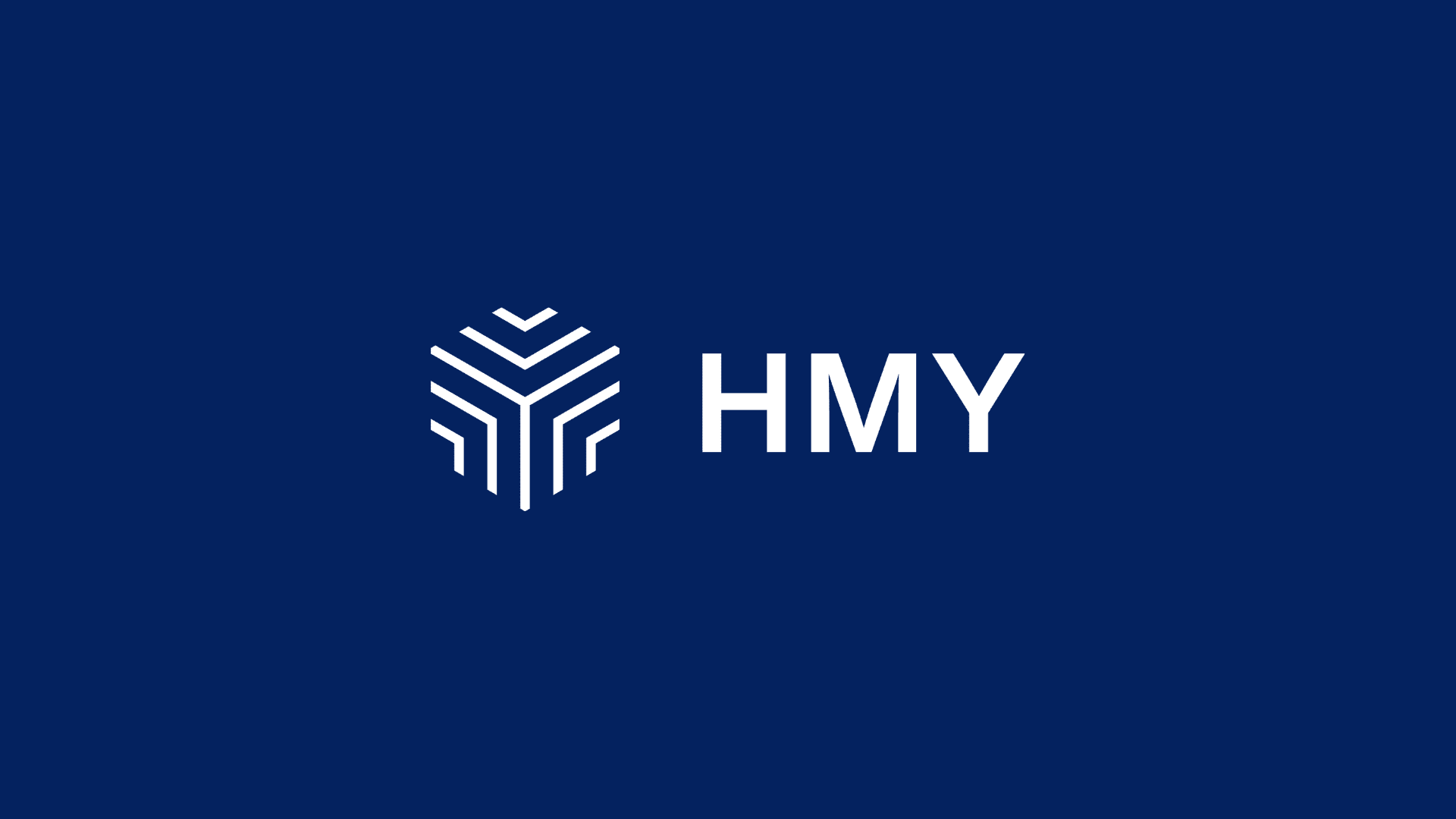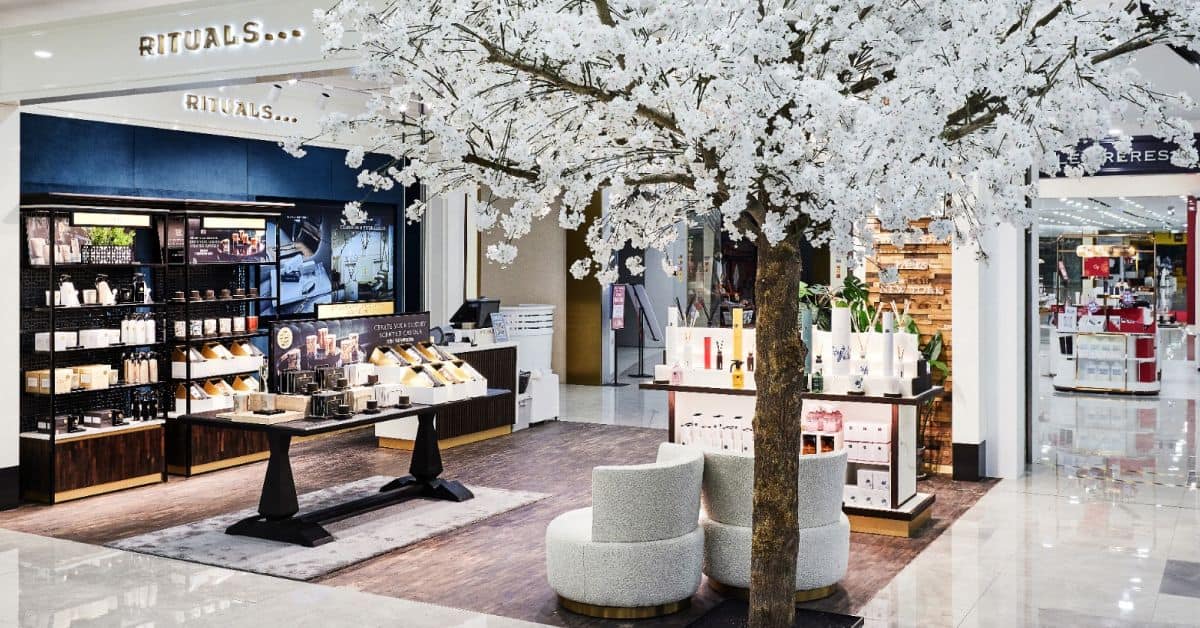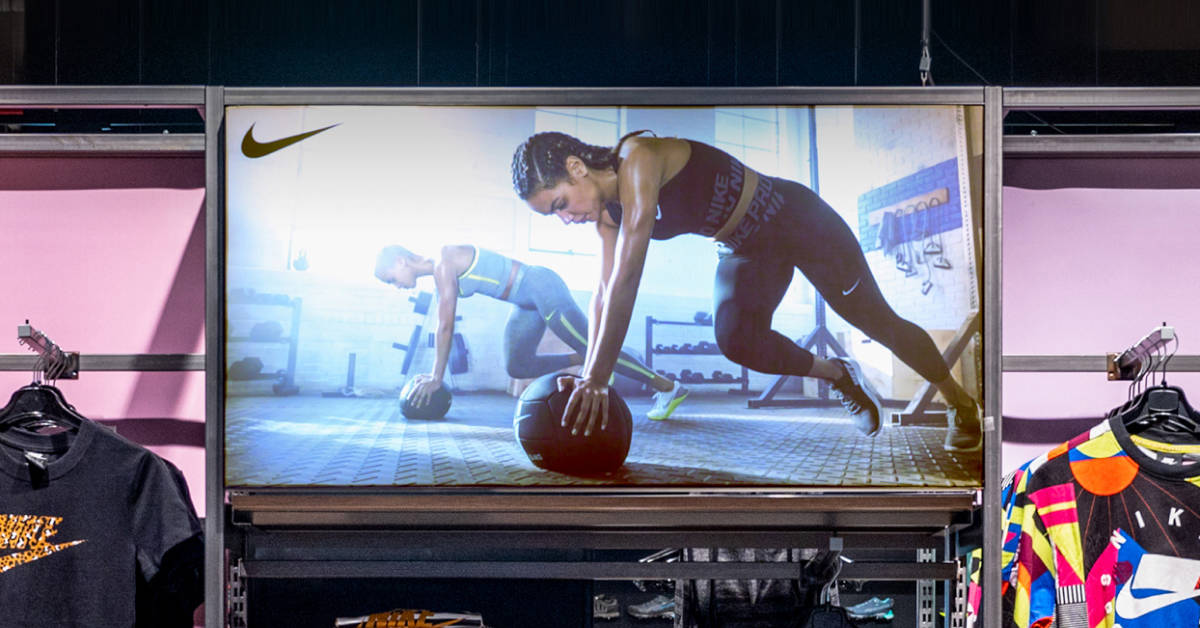· Digital signage is just one of the possibilities of digitalisation in retailing. This tool, if used correctly, gives rise to new possibilities and dimensions to communicate with customers in our shop.
The State of the Art in the digitalisation in retailing
Digitalisation does not consist in installing screens, even if they are connected to a computer and open a window to a browser within the brand/retailer e-commerce platform.
Adopting this approach is only scratching the surface, which often results in spaces full of screens with generic messages, without storytelling that conveys a global experience for customers or, in the worst-case scenario, switched off.
Is it mandatory to digitalise points of sale?
No, it is not mandatory. There are analogue ways that are perfectly valid, such as lightboxes. However, the problem is that only a few of those who want or need to digitalise their stores are aware of how they can digitalise their point of sale and, especially, how to measure the ROI of such technological integration at the point of sale.
‘Retailers with extensive experience measure digitalisation based on their ROI (Return on Investment). Any investment made (which can scare those who are unaware of these solutions) must be measurable against objectives. These objectives are not only sales targets, but also conversions of products which are not available at the store, a service improvement (such as self-checkout machines), creating databases, etc.
Annja Mostrup, Sales and Marketing Manager at HMY.
The purpose: achieving omnichannel integration in retail
As everything in the Retail industry, digitalisation starts and ends with consumers:
· For the customer, the experience is more then ever an attraction and plays a part in the purchase decision.
· Experience means interaction, content, information, and of course: technology Technology as a driver of integration,
· An integration that leads to omnichannel retailing, which is a reality in consumers’ habits.
We must remember that consumers do not seek to interact with points of sale, but with brands. However, they want to interact with brands capable of turning the purchase into an integrated experience with multiple channels.
There are many tools we can use to achieve this purpose, such as digital signage, which is one of the multiple elements of digitalisation. Although this does not necessarily turn it into a way of omnichannel retailing. Omnichannel retailing does not consist in grouping elements or products, but in ensuring the convergence of experiences and services.
This brings to light the 3 main challenges of digitalisation:
1.- We must define the objectives and possibilities of our business
In many cases (although fewer and fewer), not being aware of what can be achieved through a correct omnichannel integration in retail, the technologies required and how to outline and implement this strategy, makes some points of sale limited to this basic layer where visual communication is replaced by digital signage.
What are our business goals?
Which type of customer will use the different technologies available?
Which products and families are most suitable to start a pilot?
These and many other questions should be part of the analysis preceding the creation of the strategy, design and implementation of products and technologies.
2.- What is the real degree of digitisation of our consumers? Customers
By digitalising a point of sale, we can:
· Optimise sale and back-office processes
· Obtain real-time data through Retail Analytics
· And, of course, improve the customer experience.
This improvement is based, among other factors, on consumers’ interaction with space and with the experiences proposed by the brand.
No matter how advanced and developed an omnichannel integration strategy may be, it would achieve nothing if customers are not considered as the starting point.
· Are they used to technology at the point of sale?
· What do they expect from points of sale?
· How much effort does it take to interact with the sales space?
Designing an experience that consumers understand, making it accessible without effort or even having to think about it and correctly defining their Customer Journey, is the second step in preparing the digitalisation strategy or designing an omnichannel retailing consulting project.
3.- Who can develop a comprehensive project? The 360º shopfitting supplier
Omnichannel integration requires the support of an expert supplier, not only for the installation, adaptation of standard solutions, scalability, etc., but also to initially develop a retail consulting process needed to define the digitalisation strategy, experience and design of the point of sale.
We must not forget that no matter how important technology is, it is one more factor of the relationship with customers and the brand, but not the only one.
Therefore, it is critical to go beyond a solution installer. If possible, the technology partner should also be an expert in retail, so that they understand retail from all perspectives. The goal is to truly integrate omnichannel retailing into the brand experience, and not just to install technology at the points of sale.
Success cases
For your inspiration: 3 implementations of a correct omnichannel transformation we have carried out in recent years
Success case1: Forum Sport
Success case2: Vodafone
https://youtu.be/aPpCp2EahaU
Success case 3: Adopt’
https://youtu.be/HaieD8Xvf94
Do you have a digitalisation project for your points of sale? We are sure we can help you! Contact link.
















































